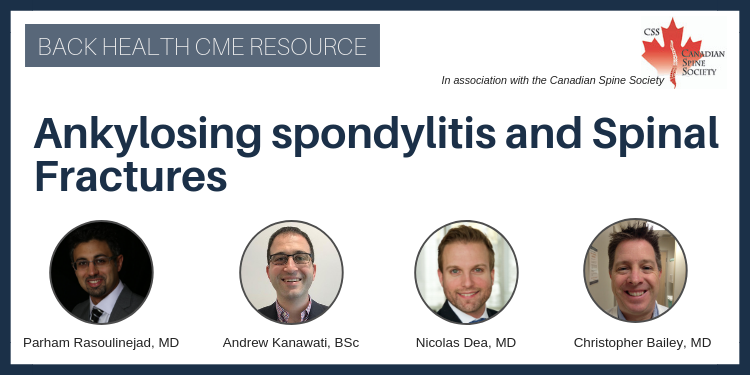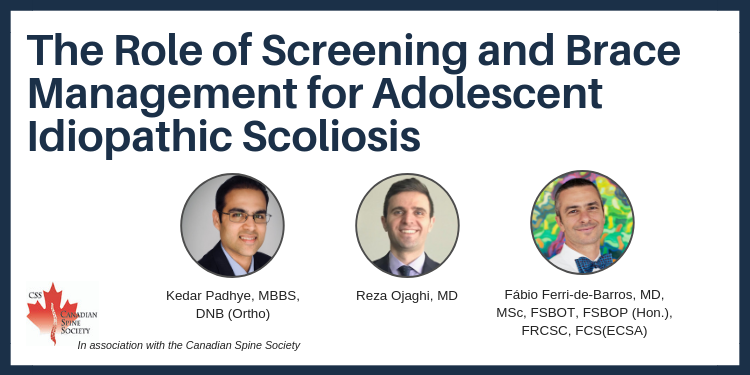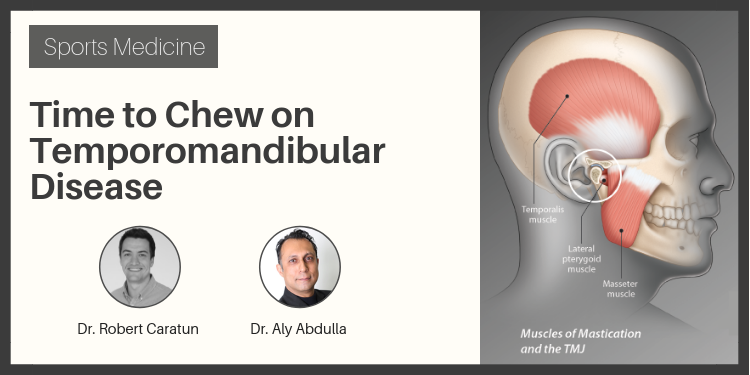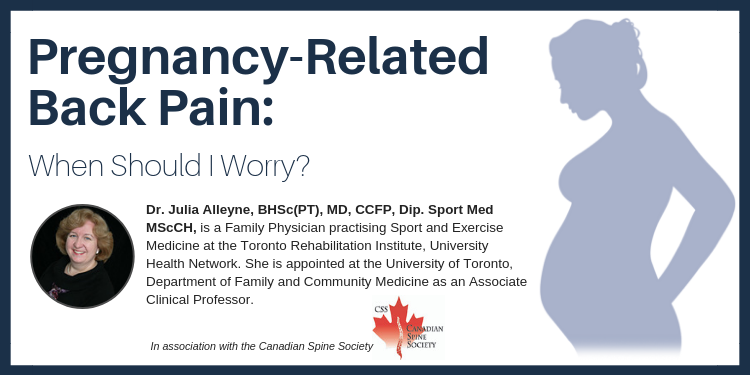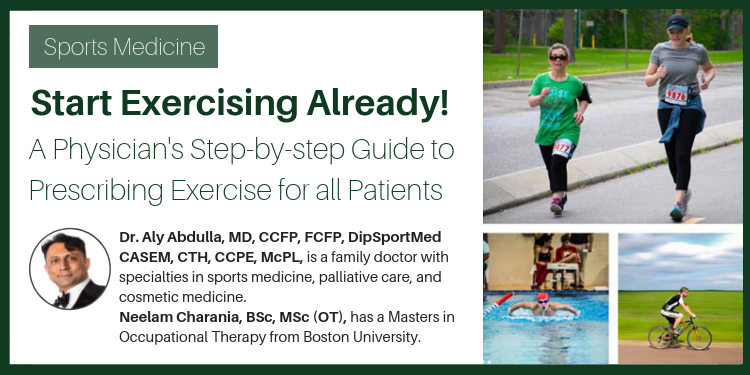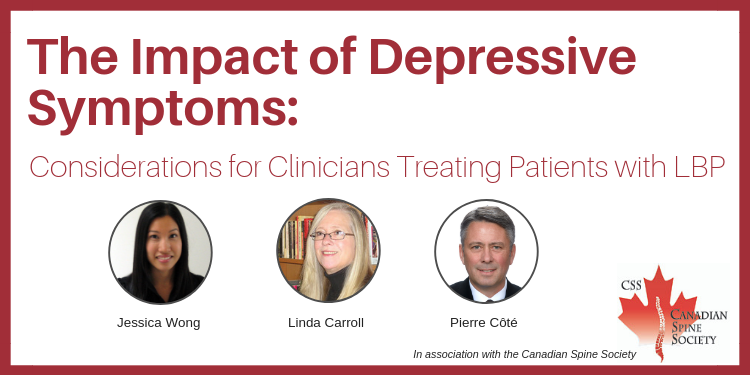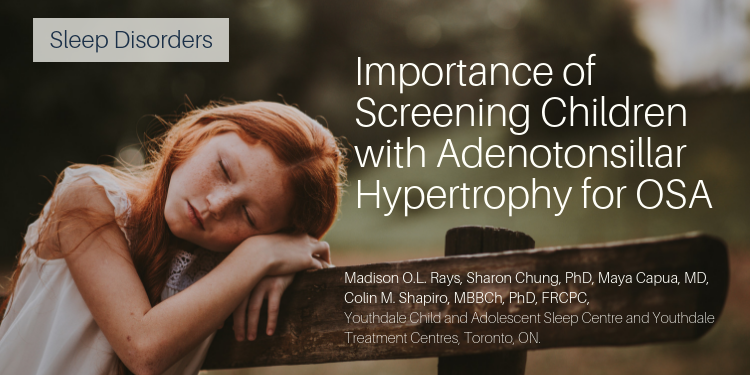1 Clinical Fellow, London Health Sciences Centre Spine Program, London, ON.
2Spine Surgeon, Clinical Associate Professor of Neurosurgical and Orthopedic Spine Program, Vancouver General Hospital, University of British Columbia, BC.
3 Assistant Professor, Department of Surgery, Division of Orthopaedic Surgery, Schulick School of Medicine and Dentistry, The University of Western Ontario, London, ON.4 Orthopaedic Surgeon, Division of Orthopaedic Surgery, London Health Sciences Center, and Associate Professor, Dept. of Surgery, University of Western Ontario, London, ON.
